This article was co-authored by Alan O. Khadavi, MD, FACAAI and by wikiHow staff writer, Jessica Gibson. Dr. Alan O. Khadavi is a Board Certified Allergist and a Pediatric Allergy Specialist based in Los Angeles, California. He holds a BS in biochemistry from the State University of New York (SUNY) at Stony Brook and an MD from the State University of New York Health Science Center at Brooklyn. Dr. Khadavi completed his pediatric residency at Schneider Children’s Hospital in New York, and then went on to complete his allergy and immunology fellowship and pediatric residency at Long Island College Hospital. He is board certified in adult and pediatric allergy/immunology. Dr. Khadavi is a Diplomate of the American Board of Allergy and Immunology, a Fellow of the American College of Allergy, Asthma & Immunology (ACAAI), and a member of the American Academy of Allergy, Asthma & Immunology (AAAAI). Dr. Khadavi's honors include Castle Connolly’s list of Top Doctors 2013-2020, and Patient Choice Awards "Most Compassionate Doctor" in 2013 & 2014.
There are 8 references cited in this article, which can be found at the bottom of the page.
wikiHow marks an article as reader-approved once it receives enough positive feedback. In this case, 100% of readers who voted found the article helpful, earning it our reader-approved status.
This article has been viewed 167,854 times.
Whenever you add a new product to your skincare or beauty routine, it's important to test it first. You can easily test a small patch of your skin at home for an allergic reaction. In fact, most products say to do a spot test, but you might not know how to begin. Note that this is different from patch testing for specific allergies that your doctor might do at their office. If you're all set, keep reading for an easy way to check your skin for reactions at home.
Steps
Expert Q&A
-
QuestionHow long does it take for a patch test to react?
 Alan O. Khadavi, MD, FACAAIDr. Alan O. Khadavi is a Board Certified Allergist and a Pediatric Allergy Specialist based in Los Angeles, California. He holds a BS in biochemistry from the State University of New York (SUNY) at Stony Brook and an MD from the State University of New York Health Science Center at Brooklyn. Dr. Khadavi completed his pediatric residency at Schneider Children’s Hospital in New York, and then went on to complete his allergy and immunology fellowship and pediatric residency at Long Island College Hospital. He is board certified in adult and pediatric allergy/immunology. Dr. Khadavi is a Diplomate of the American Board of Allergy and Immunology, a Fellow of the American College of Allergy, Asthma & Immunology (ACAAI), and a member of the American Academy of Allergy, Asthma & Immunology (AAAAI). Dr. Khadavi's honors include Castle Connolly’s list of Top Doctors 2013-2020, and Patient Choice Awards "Most Compassionate Doctor" in 2013 & 2014.
Alan O. Khadavi, MD, FACAAIDr. Alan O. Khadavi is a Board Certified Allergist and a Pediatric Allergy Specialist based in Los Angeles, California. He holds a BS in biochemistry from the State University of New York (SUNY) at Stony Brook and an MD from the State University of New York Health Science Center at Brooklyn. Dr. Khadavi completed his pediatric residency at Schneider Children’s Hospital in New York, and then went on to complete his allergy and immunology fellowship and pediatric residency at Long Island College Hospital. He is board certified in adult and pediatric allergy/immunology. Dr. Khadavi is a Diplomate of the American Board of Allergy and Immunology, a Fellow of the American College of Allergy, Asthma & Immunology (ACAAI), and a member of the American Academy of Allergy, Asthma & Immunology (AAAAI). Dr. Khadavi's honors include Castle Connolly’s list of Top Doctors 2013-2020, and Patient Choice Awards "Most Compassionate Doctor" in 2013 & 2014.
Board Certified Allergist That all depends on the person. Some people may experience reactions right away while it will take hours or even days for other people. If you get the patch test, your doctor will likely have you leave it on for 48 hours.
That all depends on the person. Some people may experience reactions right away while it will take hours or even days for other people. If you get the patch test, your doctor will likely have you leave it on for 48 hours.
Warnings
- Get emergency medical attention if you develop a rash that blisters and becomes infected. If you have a fever or pus begins oozing from the blisters, get immediate treatment.[11]⧼thumbs_response⧽
References
- ↑ https://youtu.be/-vanVFruI_0?t=38
- ↑ https://www.aad.org/public/everyday-care/skin-care-secrets/prevent-skin-problems/test-skin-care-products
- ↑ https://www.aad.org/public/everyday-care/skin-care-secrets/prevent-skin-problems/test-skin-care-products
- ↑ https://www.yalemedicine.org/conditions/dermatitis
- ↑ https://www.fda.gov/cosmetics/cosmetic-ingredients/allergens-cosmetics
- ↑ https://my.clevelandclinic.org/health/diseases/8610-allergy-overview
- ↑ https://www.yalemedicine.org/conditions/dermatitis
- ↑ https://www.ncbi.nlm.nih.gov/books/NBK459230/
- ↑ Alan O. Khadavi, MD, FACAAI. Board Certified Allergist. Expert Interview. 29 July 2020.
About This Article
If you have a new product and want to do a patch skin test, place a small amount on your inner arm because it won’t be too noticeable if you have a reaction. Some products may start to burn your skin or react immediately. If so, wash them off right away to reduce as much damage to your skin as possible. Once you have the product on your arm, leave it on for a full 24 hours to see if it makes your skin turn red, start to rash, or become itchy. If it doesn’t, you can try the product on a more sensitive area, like just behind the ear, for another 24 hours to see if it has any effect. If not, the product should be fine to use. For more advice from our Medical co-author, like how to have your skin allergy tested with a patch skin test, scroll down!
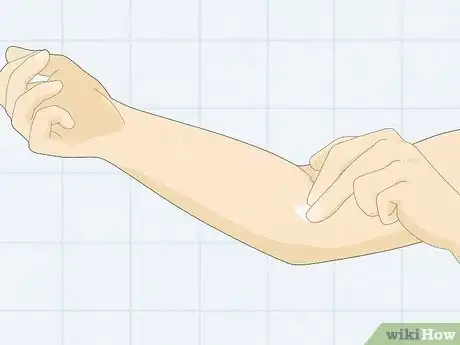
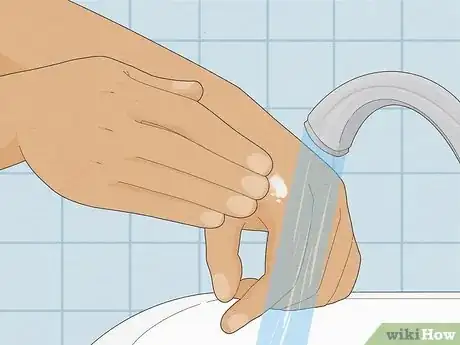
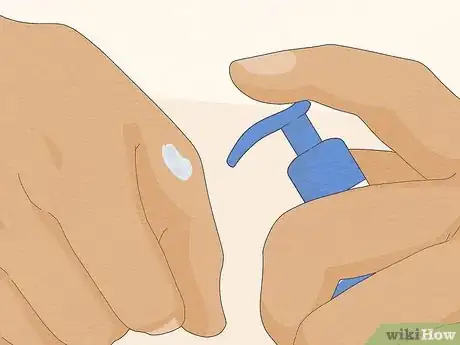
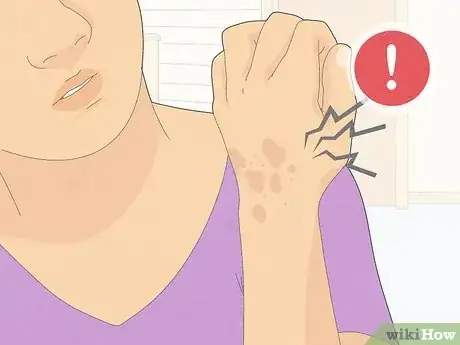
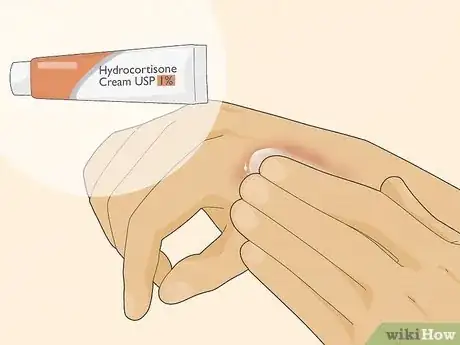
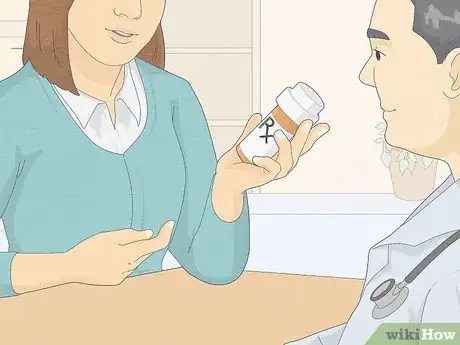
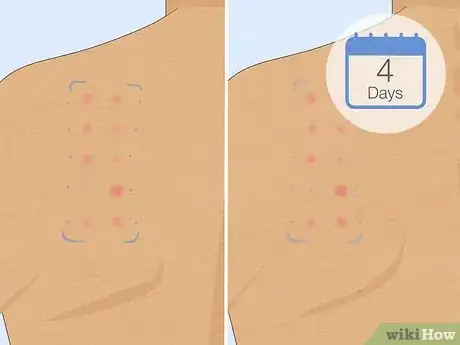





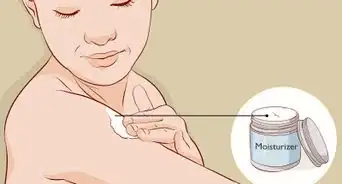
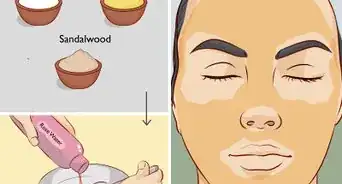



-Step-12-Version-3.webp)
















































